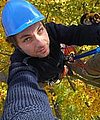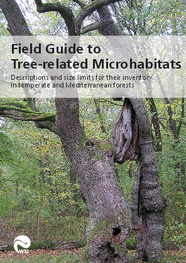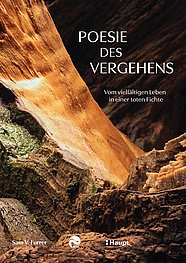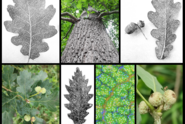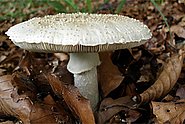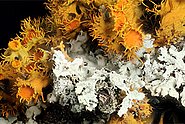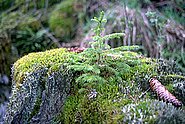
Biodiversity, conservation and primeval forests ¶
In order to foster near-primeval forests and the species dependent on them, natural forest reserves have been established since the 1990s. We have been tasked with the scientific monitoring of the development of these forests and their fauna and flora.
Contents ¶
Truely primeval forests – forests which have been truly untouched by human hands – barely exist in Switzerland. However, there are many forests that have not been managed for decades. Over 800 of these have been set aside as natural forest reserves, largely without human intervention. We have been studying the development of 49 of these reserves in Switzerland, in cooperation with ETH Zurich, and comparing them with managed forests for many years.
We also cooperate with institutions abroad to explore the true primeval forests, for example primeval beech forests in the Carpathian regions of Ukraine. This provides valuable comparative data for local natural forest reserves and managed forests.
Far from Dead: Deadwood Habitat ¶
A typical feature of old forests is the abundant deadwood and the high number of old trees, the so-called habitat trees. Thousands of species of birds, mammals, insects, fungi and lichens depend on these habitats. There are few of them in managed forests, which is why many wood-dwelling (xylobiont) species are endangered. We carry out species monitoring of xylobiont beetles and fungi in natural forest reserves, as they are good indicators of whether the reserves really help biodiversity.



